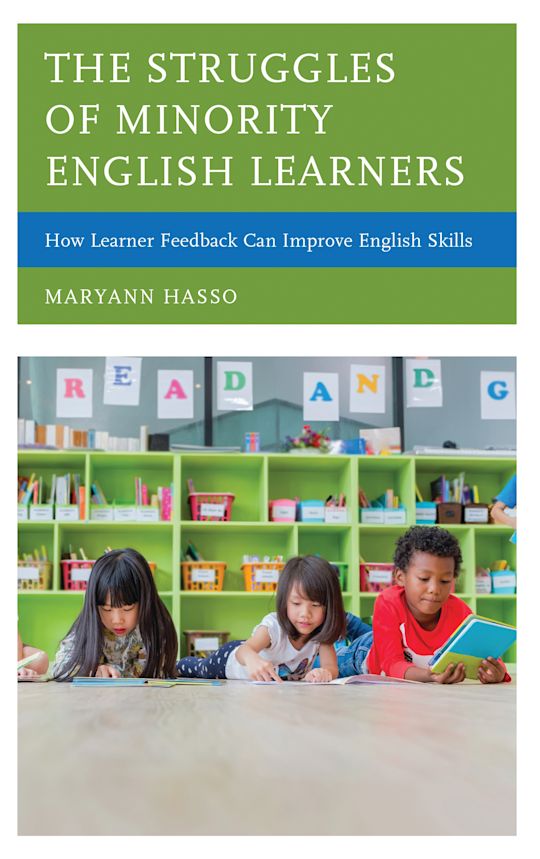- Home
- ACADEMIC
- Education
- Education - Other
- The Struggles of Minority English Learners
The Struggles of Minority English Learners
How Learner Feedback Can Improve English Skills
The Struggles of Minority English Learners
How Learner Feedback Can Improve English Skills
You must sign in to add this item to your wishlist. Please sign in or create an account
Description
This book provides relevant background data and theory regarding English language (EL) students, the challenges they face in learning English, and the need to find strategies for enhancing reading engagement among these students. Additionally, the chapters discuss the ways in which the findings could advance instructional knowledge for EL students. The author presents and explores the results of participant interviews conducted with 10 students, each with different cultural and linguistic backgrounds. From their stories, emerged 7 themes of bilingual instruction including: quality of reading lessons, culturally responsive instruction, active learning offers individualized direction, language instruction, and instructional time for choosing literature. This book will provide teachers with numerous instructional strategies and ways to build literacy into an EL learner’s curriculum.
Table of Contents
A Note on Methodology
Introduction
Chapter 1: The Search for New Strategies
Chapter 2: What Was Learned
Chapter 3: New Directions Indicated
Appendix
Glossary
Bibliography
About the author
Product details
| Published | May 15 2019 |
|---|---|
| Format | Ebook (PDF) |
| Edition | 1st |
| Extent | 128 |
| ISBN | 9798216292302 |
| Imprint | Lexington Books |
| Illustrations | 1 Table |
| Publisher | Bloomsbury Publishing |
About the contributors
Reviews
-
What better way to shape student-centered education models than by asking students what barriers they encounter to learning and what aspects of their experience support their school success? In The Struggles of Minority English Learners: How Learner Feedback Can Improve English Skills, Maryann Hasso does just that. Through interviews with 10 9th and 10th grade English learners in a California high school, she explores the students’ perceptions of instructional strategies that support their sustained engagement with the English language and unearths the barriers that can inhibit their learning. One of the main features of this volume is that Hasso includes how to apply the feedback she elicited from the students and calls for individuated strategies such as building student and parent engagement, increasing opportunities for writing, fostering culturally responsive instruction, and providing students with choices in order to promote effective literacy and content teaching with English learners—turning from student struggles to student strengths.
Alison L. Bailey, Professor of Human Development and Psychology, Department of Education, UCLA


































